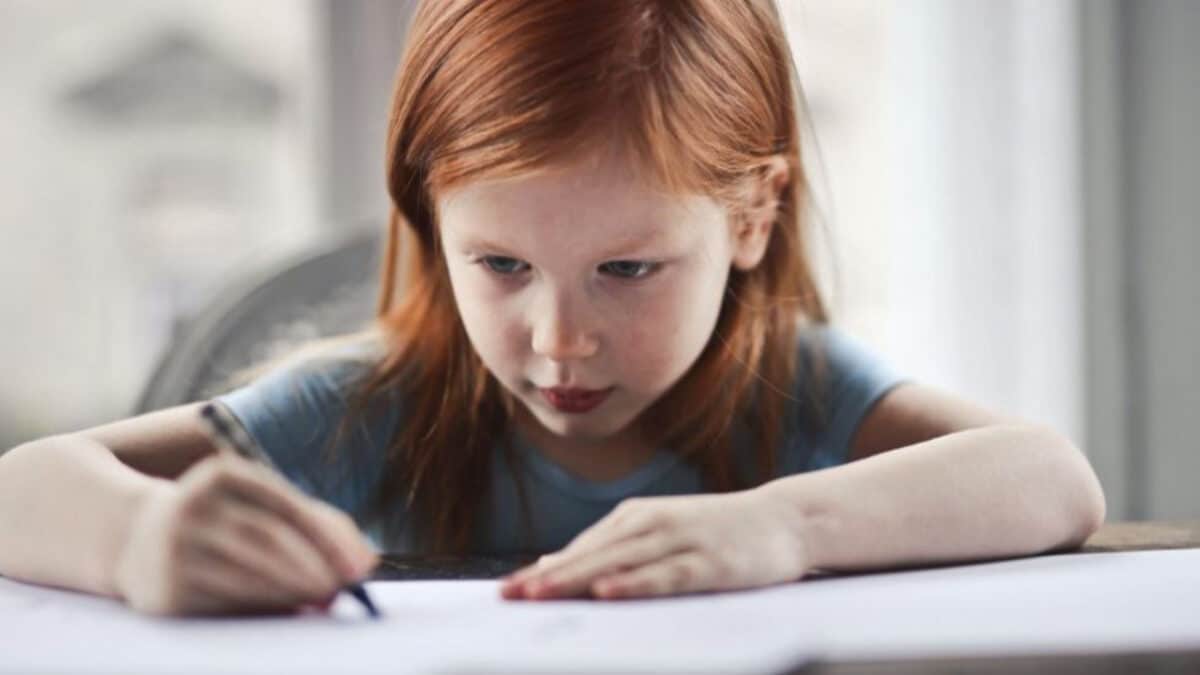Fine motor and handwriting challenges are often the result of developmental delay, but can also be acquired through trauma such as brain injury.
Underlying motor, cognitive, perceptual and sensory challenges can make it difficult for a child to master the art of holding a pencil appropriately or coloring within lines.
Other writing difficulties may include mixed cases (upper and lower), inappropriate sizing of letters, poor orientation to margins and baseline, inaccurate letter formation, or an immature grip on the writing tool.
Any of these factors can decrease a child’s speed of writing, as well as legibility.
Occupational therapists use a variety of tools and frames of reference to evaluate the underlying cause of poor handwriting.
Some possible causes may include decreased strength in hands and fingers which make writing tedious and painful, poor visual perception of letters and margins, or difficulty with organizational skills.
As an occupational therapist, I have worked with countless children who are referred for OT services because of difficulties with the process of handwriting.
“Fixing” these challenges is important, as handwriting is not only a tool for communication, but also a measure of academic success.
After narrowing down potential causes for the difficulty with handwriting, occupational therapists will use various methods of treatment to remediate the problem.
“Handwriting Without Tears” is one available intervention program that was founded by occupational therapists Jan Olsen and Emily Klapton in 2003.
The premise of the program is that children having difficulty with handwriting are often frustrated and tearful when forced to write at a grade appropriate level. The premise is that as a child’s success with the writing task decreases, so too does his/her motivation to engage in handwriting. Hence, the tears.
The Handwriting Without Tears program incorporates various sensory modalities including music, characters, textures such as wooden pieces, play dough, chalk, and easy and fun techniques to teach children the basics of handwriting.
Body awareness is incorporated into teaching letter formation, and directionality for writing (top to bottom, left to right).
The tools developed for this program are developmentally graded, and can be used by teachers, education assistants, and special education teachers, along with occupational therapists.
The overall goal is to make handwriting fun, and teach children by actively involving them in the task, rather than giving them the arduous task of tracing through a worksheet.
After having used the Handwriting Without Tears program personally, as well as reviewing the research on this intervention, significant differences are noted with the quality of writing produced by children who go through this program. As they claim, the result truly is handwriting without tears!
For more information on Handwriting without Tears or other pediatric interventions offered by occupational therapists at Galit Liffshiz and Associates, please feel free to call us.
Written by:
Bani Ahuja MScOT, OT Reg. (Ont.)
Registered Occupational Therapist


